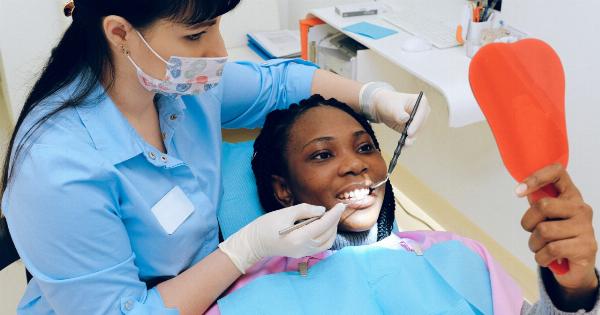Emotional disorders and sexual deviancy are two issues that often go hand in hand.
Although not all individuals who suffer from emotional disorders become sexually deviant, it has been well-documented that individuals who engage in sexual deviancy often suffer from underlying emotional issues.
What are Emotional Disorders?
Emotional disorders are conditions that affect an individual’s emotional state and ability to appropriately cope with everyday stressors.
Examples of emotional disorders include depression, anxiety, bipolar disorder, and post-traumatic stress disorder (PTSD). These disorders can cause individuals to feel intense sadness, fear, anger, or despair.
The Link Between Emotional Disorders and Sexual Deviancy
The link between emotional disorders and sexual deviancy is complex.
Studies have shown that individuals who suffer from emotional disorders may experience difficulties with socialization and may have a hard time forming and maintaining healthy relationships with others. This can cause them to turn to sexual deviancy as a coping mechanism.
Additionally, individuals who suffer from emotional disorders may struggle with impulse control.
Impulsive behavior often leads to engaging in risky sexual behaviors, such as unprotected sex, casual sex with multiple partners, or engaging in sexual activities that are outside of their norm.
Sexual Deviancy Defined
Sexual deviancy is a term used to describe sexual behaviors that are considered abnormal or atypical. Examples of sexual deviancy include exhibitionism, voyeurism, pedophilia, and sadomasochism.
These behaviors often involve a lack of consent, violence, and/or criminal activity.
It is essential to note that not all sexual behaviors outside of traditional social norms are considered deviant. Engaging in consensual BDSM, for instance, is not considered deviant as long as both parties involved have consented to the behavior.
How Emotional Disorders Can Lead to Sexual Deviancy
Emotional disorders can cause individuals to turn to sexual deviancy as a coping mechanism or as a way to escape their emotional pain.
Those who suffer from depression may engage in risky sexual behavior to try to feel something different than their deep sadness. Anxiety sufferers may engage in sexual deviance to try to calm their racing thoughts and extreme emotions. Similarly, individuals with PTSD may engage in deviant behavior as a numbing mechanism or as a way to avoid their trauma.
Types of Sexual Deviancy in Relation to Emotional Disorders
Below, we will discuss different types of sexual deviancy in relation to specific emotional disorders:.
Depression
Individuals with depression may feel that they lack control in various aspects of their life, including their sexual life. This can cause them to engage in different forms of sexual deviancy as a means of regaining some form of control.
They may engage in sexual acts that they would not typically be comfortable with, such as casual sex with strangers, unprotected sex.
Bipolar Disorder
Individuals with bipolar disorder may experience periods of excessive sexual desire and, in turn, engage in risky sexual behaviors.
During manic episodes, individuals may engage in sexual activities that they perceive to be thrilling or taboo, such as exhibitionism or voyeurism.
PTSD
Individuals with PTSD may use sexual deviancy as a way to exert control over their partners as a result of their trauma.
They may also use sexual deviancy as a way to avoid feeling the painful emotions associated with their trauma, such as sadness, fear, or anxiety. This can include engaging in non-consensual or violent sexual activities.
Anxiety
Individuals with anxiety may engage in deviant sexual behavior as a way to escape their racing thoughts and excessive fears. They may use sexual deviance as a short-term coping mechanism to help them forget about their anxiety.
Conclusion
Overall, emotional disorders and sexual deviancy are two issues that are correlated, though not all individuals with emotional disorders engage in sexual deviancy.
Sexual deviance often becomes a coping mechanism for individuals with emotional disorders and a way to attempt to regain control over their lives. Understanding the links between emotional disorders and sexual deviancy can help individuals to recognize the reasons behind certain behaviors and assist in finding alternative coping mechanisms.




























